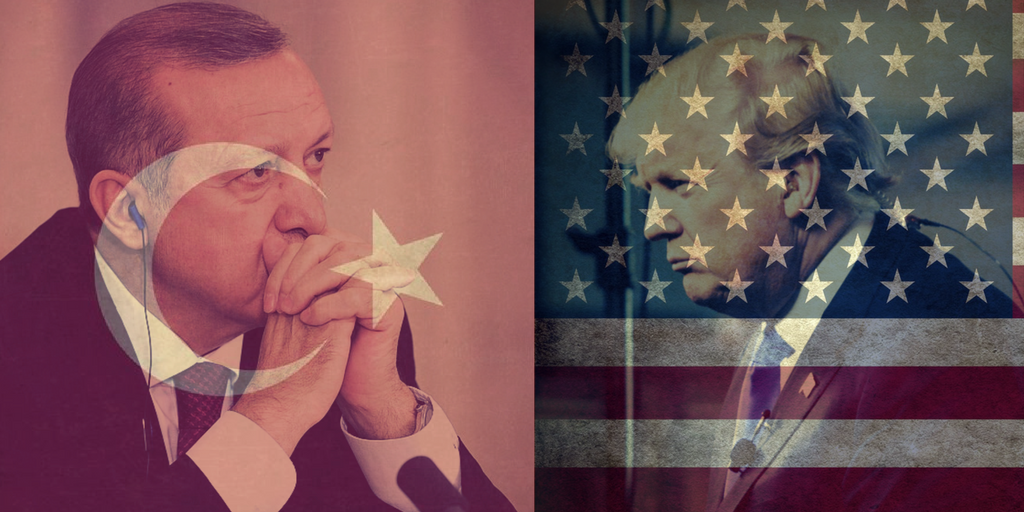With Erdogan’s decision to invade Syrian Kurdistan serving to raise his popularity across Turkey, there is an increasing chance that his march towards Manbij, which serves as the epicenter for US forces in the region may very well bring Turkish forces into direct conflict with the USA.
This appears to be of no concern to Erdogan as the Syria conflict spirals further out of control. With the US and Russia consolidating their proxy territories, Erdogan’s bid to push out the Kurds is in fact much more than a simple power play. The ground in Syria is still shifting and if there is ever a chance that the neo-Otoman empire Erdogan promised his supporters will arise, now seems to be the most opportune moment to implement it.
With the US forces in Manbij squarely behind the Kurdish majority SDF it is hard to see a peaceful way out of the approaching conflict. If Turkey hits Manbij hard and harms US forces there, it won’t be the SDF Turkey will have to deal with, it will be the US itself. Of course, this is Erdogan’s drive, to create as much chaos as possible and capitalize on it.
Russia Staying Out and Playing Both Sides Against One Another
Putin does not hide his hate for NATO’s desire to expand on Russia’s doorstep. A war between NATO allies no matter how limited will be a blow to NATO’s expansionist doctrine post Cold War. Yet, Putin has a bit of a dilemma since he too is materially invested in the proto-Kurdistan now forming in both Syria and Iraq. Expect Russia to back the Kurds while pushing Turkey and the US into a direct conflict.
With the stakes being high for all the actors, war is almost inevitable. The only question is the scope and collateral damage.


